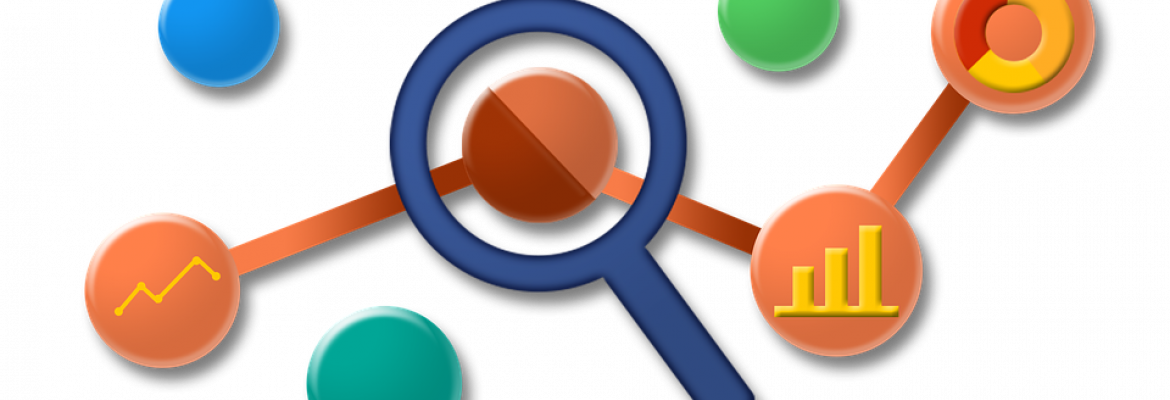Don’t be blind: measure, learn, improve

More often than not, when we finalize a product, especially when it is Digital (such as a Drupal website), and launch it to the market (i.e, it goes live), we expect users to come and use it, just because the product is there and is good, or so we believe. However, do users think it is good? Do they find it easy to use? Do they even know it exists and bother to visit the website? We tend to imagine answers like: yes, of course and obviously. But is it so? The reality is… we just don’t know, we can’t know unless we implement a proper measurement system.
What is a measurement system?
What do we mean by “proper measurement system” in the context of a digital Drupal product? It is a way to collect relevant data and measure different indicators of how well a product is behaving in the market.
By relevant data, we mean pieces of information that will allow us to calculate or estimate certain indicators. For example: you can collect information about the time each user spends using your website so that you can calculate the indicator “average time per user per month”.
Why bother measuring?
Measuring should not be an end in itself, but a means for learning and improving. But learning what and improving for what reason?
When you release a new Drupal (or any other technology) website to the market, you should “aim for the best but prepare for the worst”. In order to do so, it is important to set up a measurement system that will let you learn how well the website is performing, in terms of critical indicators such as traffic, engagement, conversions, etc. This way you can have a clear understanding of the strengths and weaknesses of your website, and act accordingly to correct and improve different sections, content and/or functionalities.
Where do I start?
The end goal of a Drupal website is to achieve certain (business) objectives: increasing online traffic, increasing referrals,... and ultimately increasing conversions, i.e. converting passive visitors into customers or, at least, active contributors on your website.
So the first step is to define clear business objectives for your website. Here you have a few examples:
- Marketing & Sales: attract and engage potential customers, generate leads and re engage existing customers.
- Customer Support: improve customer satisfaction for new and existing customers.
- Operations: optimize and streamline workflows, automate tasks and reduce costs (eg. for customer acquisition, customer support, etc).
- Human Resources: attract and recruit new employees, support current ones.
- Technology: meet security, performance and scalability requirements
We normally engage in such conversations about business objectives at the very beginning of a collaboration, in a phase that we call Discovery. We do not only discuss functional or technical aspects of the future Drupal website, but we start by defining the purpose of the website, i.e., its business objectives. It is business stakeholders from the client who have to make these business goals clear to everyone working on the project, be it from the client side or from ours. Everything that follows in the conversation until the very end of the project must have these business goals in mind.
Where am I and where do I want to be?
Once your business objectives are defined, an ambitious yet realistic target for each should be in place. The targets should be a measure of success. In other words, if they are reached, you should celebrate a successful achievement. If they are not, you should focus on detecting and improving the weaknesses that are causing your failing short.
The most common scenario when launching a new website to the market is that it is a new version of a previously existing one, which already has certain KPIs in place. In this case, the way to define the targets for the new website could simply be a % of increase of the existing KPIs.
As an example, if our goal is to generate leads through our website, here are a few KPIs to consider measuring:
- Monthly website traffic
- Returning and new visits
- Average time on page
- Website conversion rate
How do I measure?
There are a number of tools available in the market. In this article we will only focus on one of the de-facto standards for its power, simplicity and costs: Google Analytics. It is one of the best free tools that any website owner can use to track and analyze data about Web traffic. You get to see what keywords are bringing the most visitors to your pages and what aspects of your designs are turning them off. This tool will generate a report for your website that includes information about visitors, traffic sources, goals, content and e-commerce. The downside of Google Analytics is that it can take time to update.
What are the main takeaways?
When launching a new (digital) Drupal product, the journey doesn’t end there. On the contrary, it is only the first step for a long continuous optimization process.
For the optimization to be effective, you need to have 1) clear business objectives, 2) well-defined targets and 3) a measurement system that allows you to track your progress towards meeting your business objectives targets.
Tools like Google Analytics will help you on your journey. But you need to put in place the right mindset and process to measure, learn what is (and is not) working, and improve towards reaching your goals.
At Drupalera, we can help. Every collaboration starts with a Product Discovery phase, where the business goals are defined, targets are set and a measurement system is designed to take your Drupal website to the next level of success.



